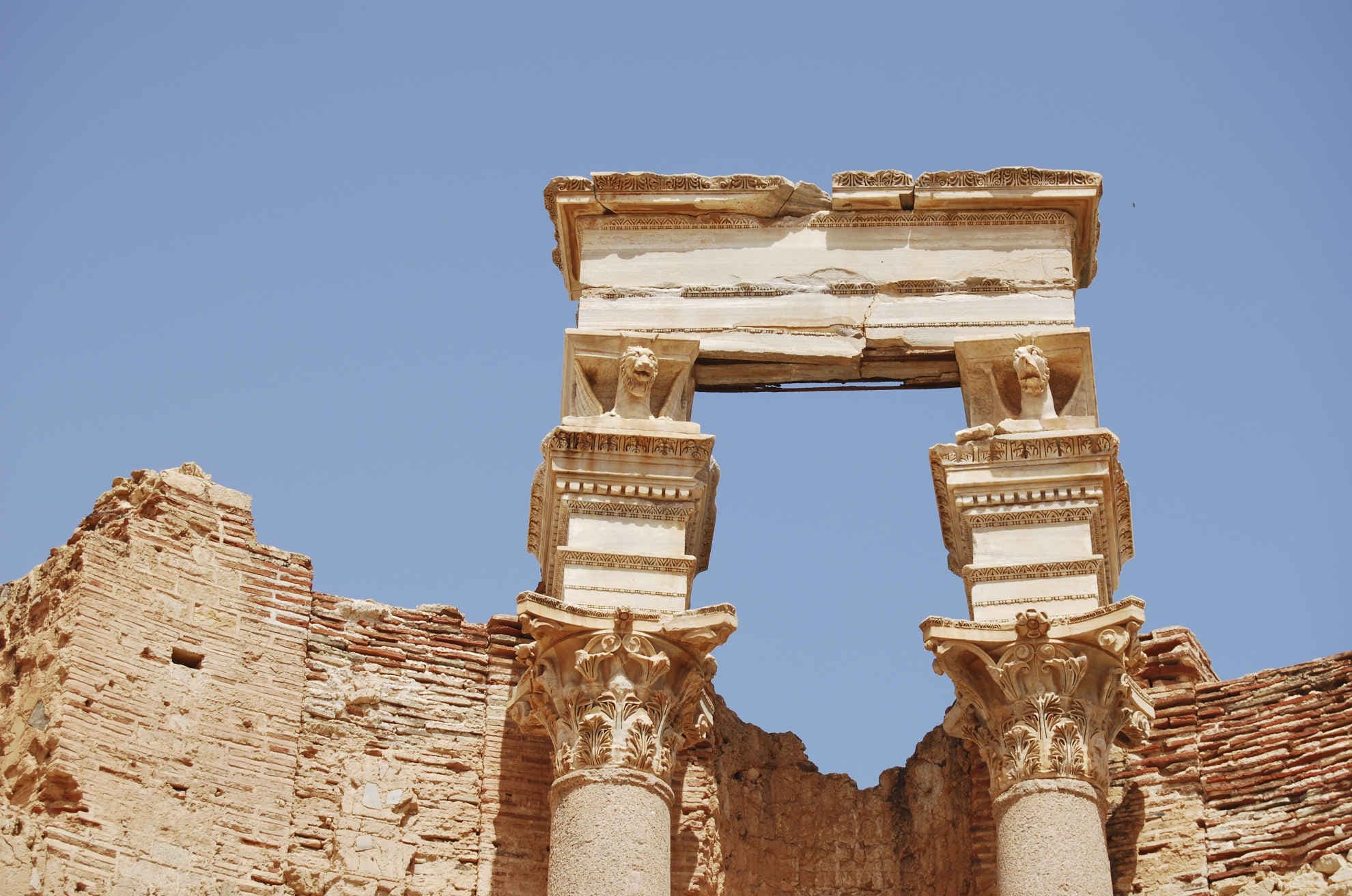Today, at the Monday seminar "Epigraphy and Papyrology" at the Faculty of Archaeology of the University of Warsaw, we hosted Dr. Chiara Cenati (University of Vienna, ERC MAPPOLA), who presented a paper titled "Poetry carved in stone: verse inscriptions from the limes of Moesia inferior."
Abstract
One of the traits that characterises the presence of Roman culture in the Empire is the diffusion of Latin (and Greek) poetry. It seems to be a widespread pattern that in the new provinces of the Roman Empire the first forms of epigraphic poetry appear at the same time as the soldiers settling along the limes. However, the diffusion of Latin epigraphic poetry is not a homogeneous phenomenon: regions and centres can be distinguished from one another by specific poetical fingerprints, depending on local taste, linguistic substrate, or social context. The present paper has two principal aims: first, it provides an overview of the production of verse inscriptions along the Lower Danube in the Roman province of Moesia inferior, and secondly, it studies the underlying factors and driving forces that contributed to the spread of a poetic habit in this region. A prime unifying factor is, of course, the presence of the Roman army in a territory that was exposed to a large segment of the limes and that, initially, hosted two, and then, subsequently, three legions in addition to several auxiliary units and a fleet. However, there are numerous other aspects to be considered: the range of social dynamics as well as thematic and formal poetic clusters that contribute to a varied spread of the poetic habit along the Danube, and the relatively late and scattered appearance of an epigraphic poetic production in the province.
